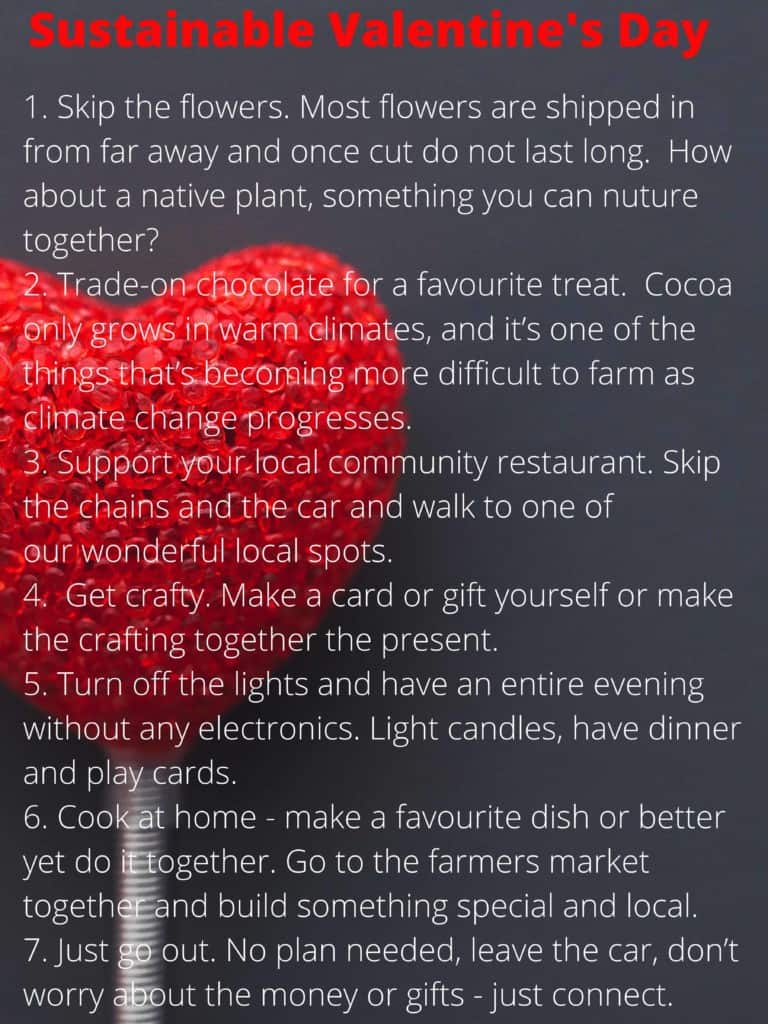Together we can all be a force for good
Understanding and thinking globally at the local and worldwide scale
Welcome to 2020, a new decade of global connectivity, instant news, and access to virtually any information you want. We have entered this decade with significant ecological and societal issues that have local and global consequences. Half a world away in Australia, the beginning of their fire/summer season has already seen the worst fires on record. Meanwhile, here at home we are dealing with a polar vortex that has its own significant risks. It has left me thinking about climate change, loss, and resilience.

I was thinking about the old saying, “Think global, act local” over Christmas. This mindset urges people to consider the health of the entire planet and to take action in their own communities and cities, which is the focus of my articles. In this age of instant information, perhaps the saying should be modified to ensure we educate ourselves to understand and think about global issues, which informs both our local actions and also what we can contribute globally.
I was going to include images of fires in Australia and the cold conditions here at home, but the more I thought about it, the less I wanted to do that. We are as connected through media and social media as we want to be. We have all seen images of devastation. I didn’t think we needed more. The changing climate is impacting people physically, spiritually, and mentally. Ecological grief is being studied around the world as an emerging health issue. It is something I feel deeply, and I seek out ways of managing this grief—grief that I distinctly associate with human-induced climate change.

The decade of 2010 was the hottest recorded decade, the 1990s were the second hottest and so forth. In Australia, 2019 was the driest overall, resulting in droughts that affected crops and livestock, rivers and broader ecosystems, and that made the trees and forest food to fuel hundreds of fires. More than 10 million hectares of land has burned so far. This is comparable to the total area of South Korea or Portugal, and 1.3 times the size of Scotland. People have died, over 2,000 homes have burned, and an estimated one billion animals have perished. In a recent New York Times article, Paul Krugman explained, “It’s not really possible to say whether global warming ‘caused’ a given extreme weather event, since weather can have several causes. But the influence of climate change on extreme weather in general, from fires to floods, is clear, and increasingly so.”
That’s Australia and here we have a freezing polar vortex. I only recall hearing the term over the past decade and was interested in what it is and if we will see more of these. In an article by Dr. Jennifer Francis, senior scientist at Woods Hole Research Center, I learned there are two polar vortices stacked on top of one another. A vortice is a mass of whirling air. The lower one is the permanent jet stream responsible for our weather: blue skies, storms, and cold spells. The polar vortex is 30 miles above the earth, forms only in winter, and circles the North Pole. While the earth has warmed about 1 degree Celsius over 50 years, the Arctic has warmed more than twice as much, decreasing the north/south temperature differences. This has weakened the jet stream and disrupted the polar vortex, allowing smaller “daughter” vortices to come farther south with very cold air. While we get this cold, the opposite effect happens in the Arctic with warmer-than-normal temperatures.
Some social media posts in Edmonton called global warming a hoax because of this cold weather. I was heartened by the closing paragraph in Dr. Francis’s article where she says, “Undoubtedly this new polar vortex attack will unleash fresh claims that global warming is a hoax. But this ridiculous notion can be quickly dispelled with a look at predicted temperature departures around the globe…. The lobe of cold air over North America is far outweighed by areas elsewhere in the United States and worldwide that are warmer than normal.”
One of the ideas for dealing with ecological (or climate) grief is to find some meaningful actions. So what can we do here to use our understanding, information, and thoughts to act locally and globally?
I have included a postcard of actions we can each take about climate change broadly, and actions for the Australian fires and the vulnerable here that struggle during our winters. I recognize there are so many other issues in other regions, but this is a start!
And now for something lighter and local about love. Hallmark provides many ideas for how to celebrate this day, but here I have collected green ideas for friends and neighbours on how you can celebrate, posted online at ratcreek.org.
Featured Image: By working together, we can all benefit our world. | Gillian Kerr







